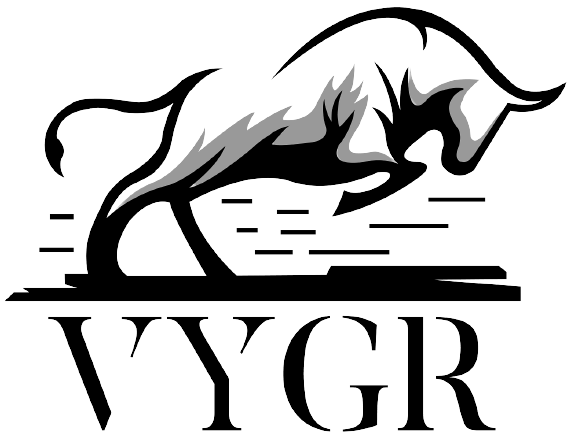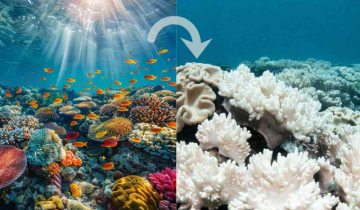The human heart cannot heal itself, that is why cardiovascular diseases, including heart attacks, are one of the leading causes of death worldwide, estimated at 18 million deaths each year. In Humans, during a heart attack a blood clot prevents certain areas of the heart from receiving oxygen and nutrients, which causes the damaged heart muscle cells to die and eventually results in heart failure.
Therapies present today can only control symptoms in humans but can not regenerate missing heart muscle tissue with fully developed, functional heart muscle cells. This raises alarms in researchers and scientists to make ground-breaking developments in the treatment of cardiovascular illnesses.
As mankind struggles from heart diseases, Zebrafish, a small creature, came as a valuable model for researchers. Why Zebrafish? Some may ask as they are not even mammals like human beings but they possess a magical power, the ability to recover from cardiac damage so quickly, that it takes just ninety days for their hearts to recover completely.

A recently published study led by Jamie Gagnon, an assistant professor at University Of Utah, and his team, provided new insight into the molecular and cellular mechanisms underlying zebrafish heart regeneration.
Zebrafish and medaka were the two fish species that they compared in the experiment. Through this study, researchers aimed to gain new information about the mysterious processes underlying heart regeneration in Zebrafish, paving the way for new discoveries in treating cardiovascular diseases in humans.
The Experiment
Postdoctoral researcher Clayton Carey and associates used cutting-edge methods to simulate human heart attacks using a cryoprobe apparatus at the Gagnon lab. Carey used copper wire to construct the cryoprobe and liquid nitrogen to cool it to a temperature of about minus 170 degrees Celsius.
The fish's bellies were lightly cut to reveal the hearts, and the team members pressed the probe against the edge of the heart for 23 seconds. Though not for long, the majority of fish (95% of cases) made it through the process.
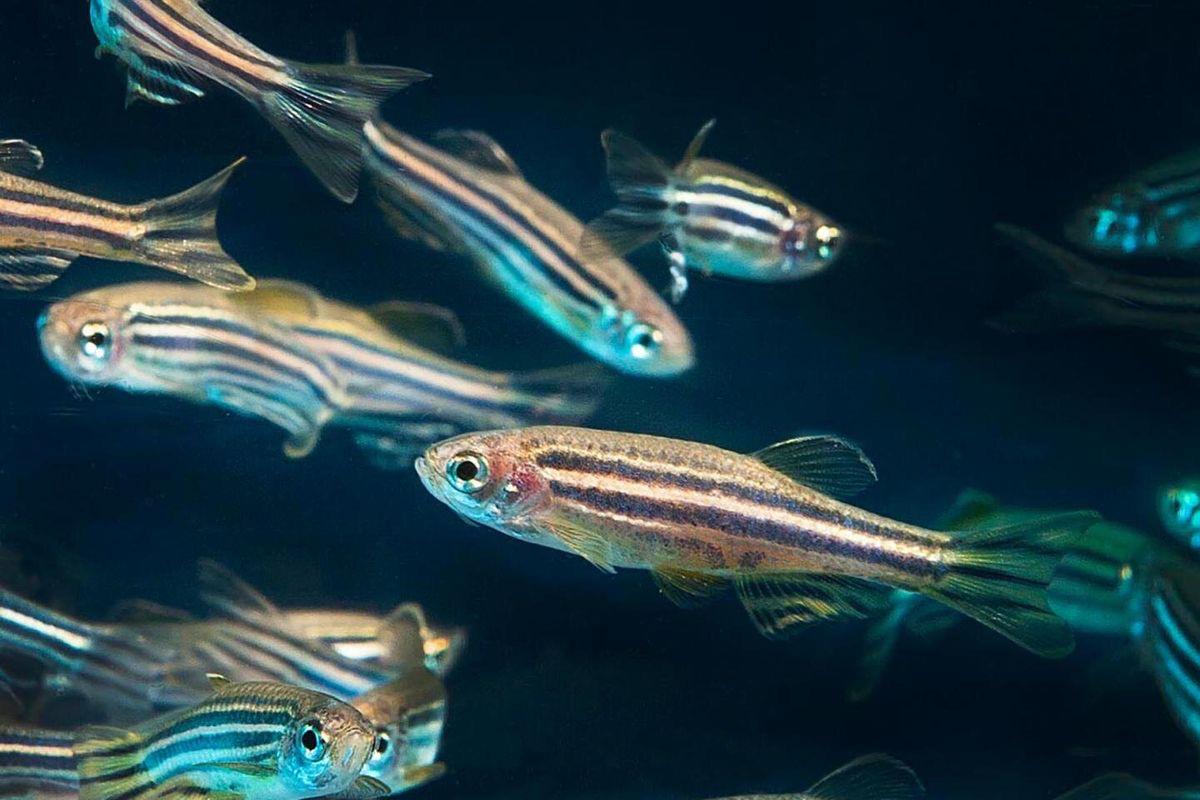
After three or fourteen days, hearts were removed and dissolved in RNA sequencing to find response markers. They tracked how zebrafish and medaka hearts responded.
Zebrafish’s heart has Magical Powers
The study's main discovery is the striking distinction in the immune responses of medaka and zebrafish. Zebrafish showcased an amazing ability to regenerate cardiac tissue.
Zebrafish (Danio rerio) and medaka (Oryzias latipes), two members of the teleost family of ray-finned fish, are related to a common ancestor who lived millions of years ago. Both have two chambered hearts, live in freshwater, and are about 1.5 inches long. Zebrafish are indigenous to the Ganges River basin, while medaka are native to Japan.
When zebrafish are injured, specialised immune cells known as macrophages infiltrate the area, exhibiting an immune response similar to a viral infection. It seems that this immune response is essential for stimulating the formation of new blood vessels and enabling tissue regeneration.
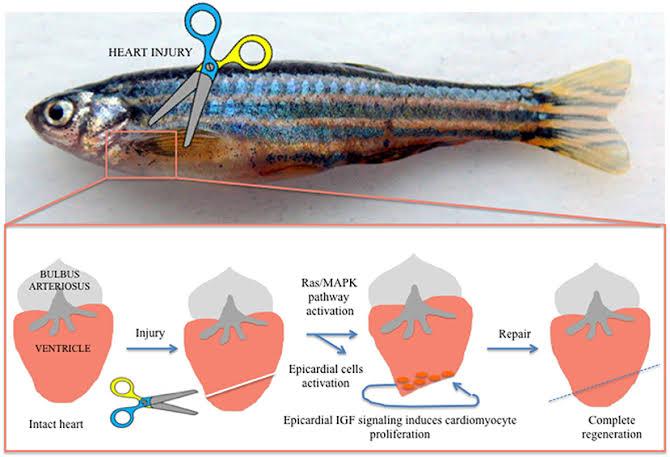
"Zebrafish have this immune response that is typical of what you might see during a viral infection, called an interferon response," Carey said.
"That response is completely absent in medaka."
According to the study, the zebrafish's immune system and ability to regenerate are related, but more investigation is required to fully comprehend this relationship. Interestingly, zebrafish draw more macrophages, specialised immune cells, to the wound site than medaka do.
Zebrafish, in contrast to medaka, form a transient scar that does not solidify into stiff tissue. This variation in scar formation raises the possibility that the regenerative process may be influenced by the characteristics of the scar tissue. In zebrafish, the damaged cardiac tissue gradually gets replaced by new muscle, resulting in total heart healing.
The study documented differences in immune cell recruitment and behaviour, epicardial and endothelial cell signalling, and alterations in the structure and makeup of the heart. For example, medaka lack a certain type of muscle cells that are present in zebrafish.
"It told us these two hearts that look very similar are actually very different," Gagnon said.
Why was this Research conducted: Benefit for Humankind ?
According to Gagnon, all animals may have once shared a common ancestor that had the capacity to regenerate their hearts after suffering injuries. This ability has since been lost by a number of animal species. He's trying to figure out why this happened, wondering why such a useful feature disappeared.
The reason mammals, including humans, are unable to regenerate cardiac tissue as adults may be better understood by examining the evolutionary route that resulted in the loss of this regenerative ability in some species.
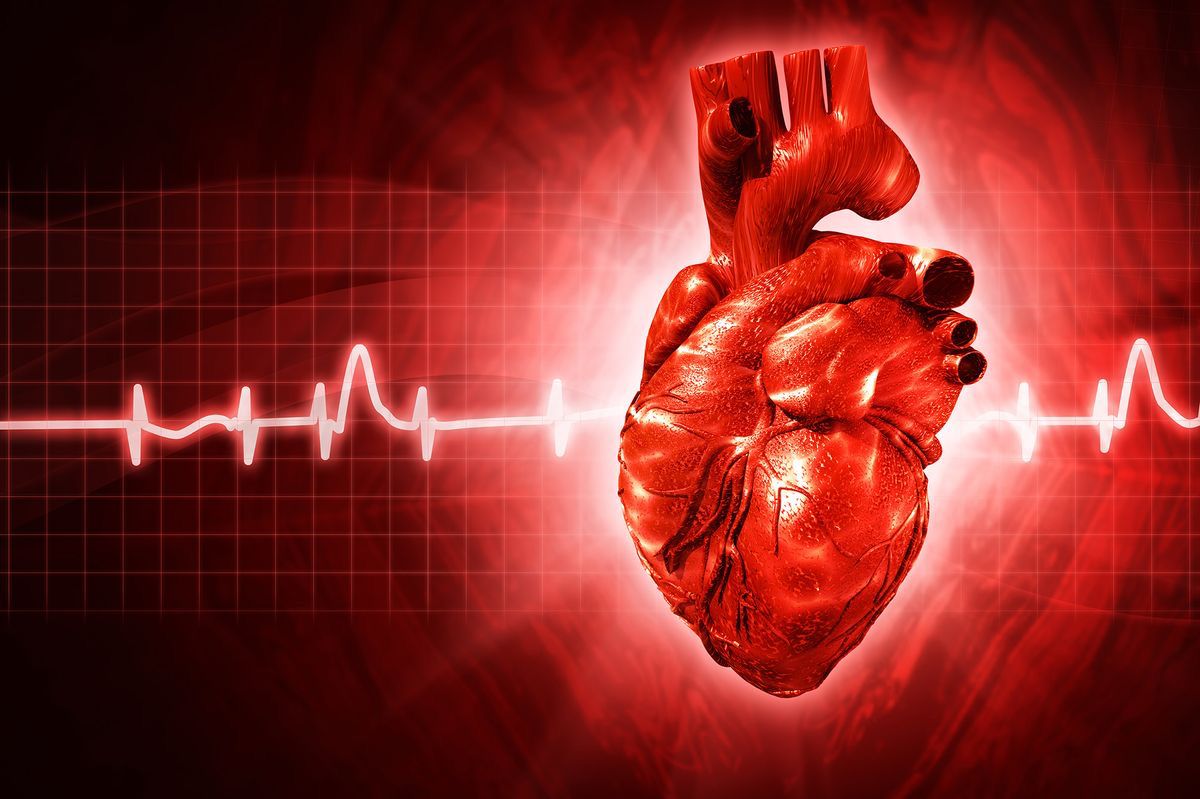
Researchers aim to improve human cardiac repair by understanding the processes underlying zebrafish heart regeneration. Gagnon sees a time when novel heart disease treatments can be developed using knowledge gathered from research on animal models such as zebrafish.
The more we discover about how animals can regenerate tissues and how those traits have been lost in humans and other animals, the more Gagnon rightly puts it: "It will force us to consider our own limitations and how we might engineer strategies to help us overcome those." Through the creation of an extensive body of knowledge using readily available animal models, scientists clear the path for focused mammalian experiments and, eventually, possible treatments for human patients.
(Inputs from various agencies)
©️ Copyright 2024. All Rights Reserved Powered by Vygr Media.
